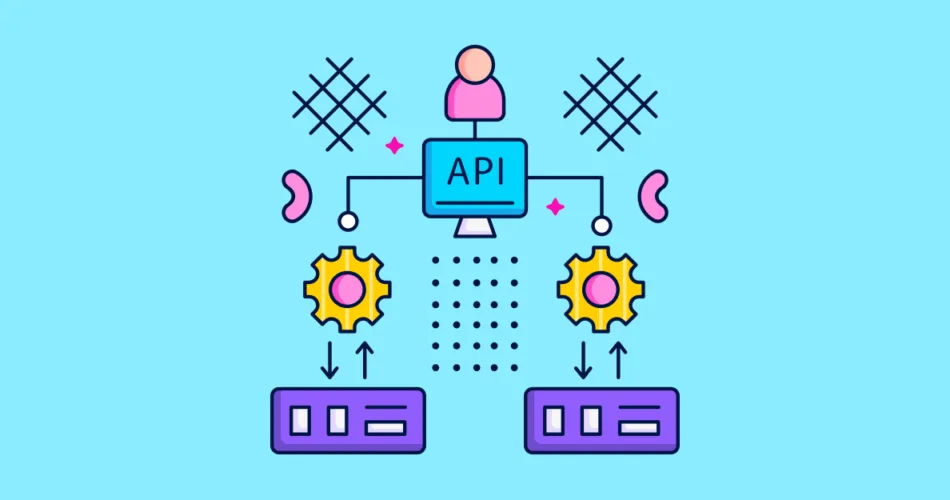In the realm of microservices architecture, effective service communication is the backbone of seamless interaction between different components. This blog post takes you on a journey through the world of service communication and APIs, exploring different communication patterns and strategies that enable robust and efficient interactions between services.
1. Synchronous vs. Asynchronous Communication
Service communication can be broadly categorized into synchronous and asynchronous patterns. In synchronous communication, services interact in real-time, with the caller waiting for a response from the callee. For example, a user request to retrieve account information triggers a synchronous interaction.
On the other hand, asynchronous communication involves decoupling interactions. A service triggers an action and moves on, without waiting for an immediate response. This is particularly useful for scenarios like processing large files or sending notifications. The event is processed at the receiver’s convenience.
2. RESTful API Design
REST (Representational State Transfer) has emerged as a dominant approach for designing APIs. RESTful APIs adhere to a set of principles, utilizing standard HTTP methods for interactions. Each resource is represented by a URL, and CRUD operations (Create, Read, Update, Delete) are performed using HTTP methods.
For instance, a music streaming service might have a RESTful API with endpoints like /songs, /playlists, and /artists, allowing clients to perform actions on these resources using HTTP verbs.
3. API Gateways and Aggregation
In microservices environments, API gateways play a pivotal role. An API gateway acts as a central entry point, handling authentication, routing, load balancing, and aggregation of responses. It simplifies client interactions by providing a unified interface while distributing requests to appropriate services.
Imagine an e-commerce platform where the API gateway aggregates information from multiple microservices to provide a single consolidated response to the client’s request for product details, reviews, and availability.
4. Event-Driven Architecture
Event-driven architecture facilitates loose coupling and responsiveness. Services communicate through events, allowing them to react to changes or trigger actions based on these events. This approach is highly scalable and resilient.
For instance, a logistics service can publish events when a new order is placed. The inventory service, upon receiving this event, can adjust the stock levels accordingly.
In conclusion, effective service communication through APIs is the bedrock of microservices architecture. Whether through RESTful interfaces, asynchronous patterns, API gateways, or event-driven approaches, thoughtful communication strategies enable seamless interactions, scalability, and adaptability in a dynamic software landscape.
Embrace the art of service communication and APIs to build resilient and collaborative software systems that thrive in the era of microservices.
Subscribe to our email newsletter to get the latest posts delivered right to your email.


Comments